Country of origin United States Stages 2 Mass 549,100 kg First flight 22 December 2015 Last flight 19 February 2017 | Diameter 3.66 m (12.0 ft) Mass 549,100 kg Total launches 10 | |
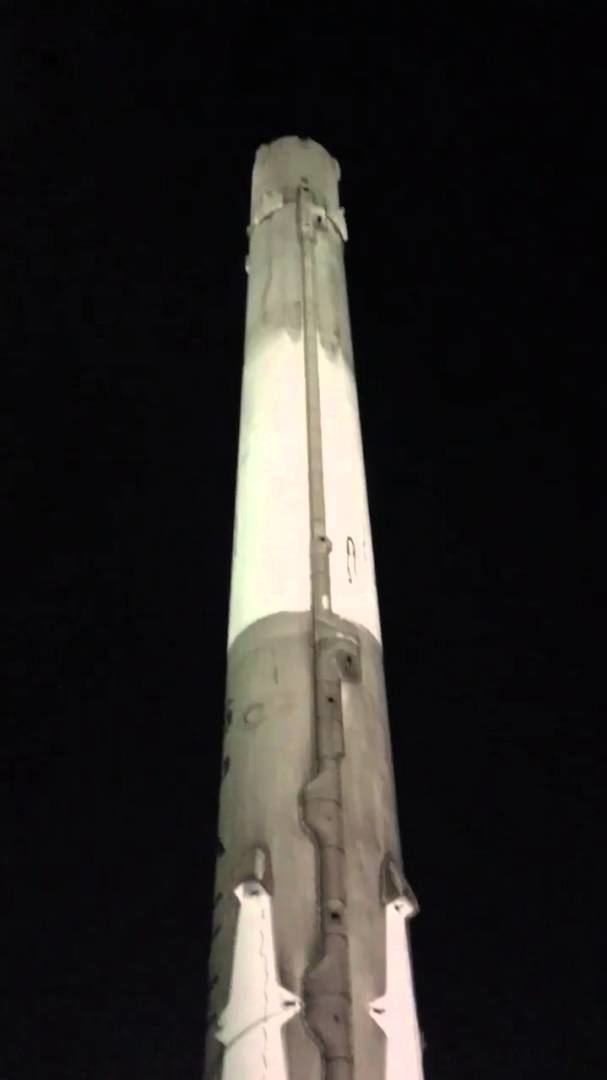 | ||
Cost per launch $62M for up to 5,500 kg (12,100 lb) to GTO Height 70 m (230 ft) with payload fairing Similar SpaceX Dragon, JCSAT‑2B, SES‑9, Thaicom 8, JCSAT‑16 | ||
Falcon 9 Full Thrust—also known as Falcon 9 v1.2 —is the third version of the SpaceX Falcon 9 orbital launch vehicle. Designed in 2014–2015, it began launch operations in December 2015. Over 50 launches are planned for it over the years 2017–2019.
Contents
- History
- Design
- Modifications from previous model
- Vehicle description
- Launch sites
- Landing sites
- Drone ships
- Launch history
- Accidents and incidents
- References
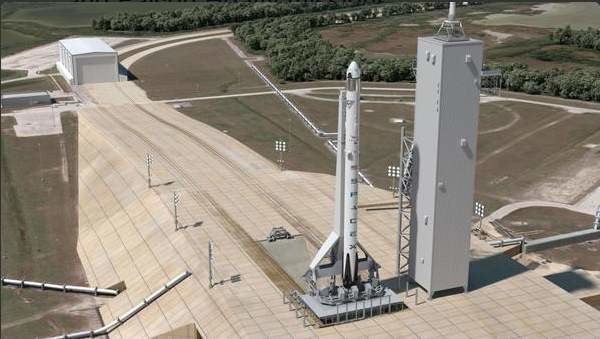
In December 2015, the Full Thrust version of the Falcon 9 was the first launch vehicle on an orbital trajectory to successfully vertically-land a first stage and recover the rocket, following an extensive technology development program in 2011–2015 that had developed some of the technology on Falcon 9 v1.0 and Falcon 9 v1.1 launch vehicle first stages.
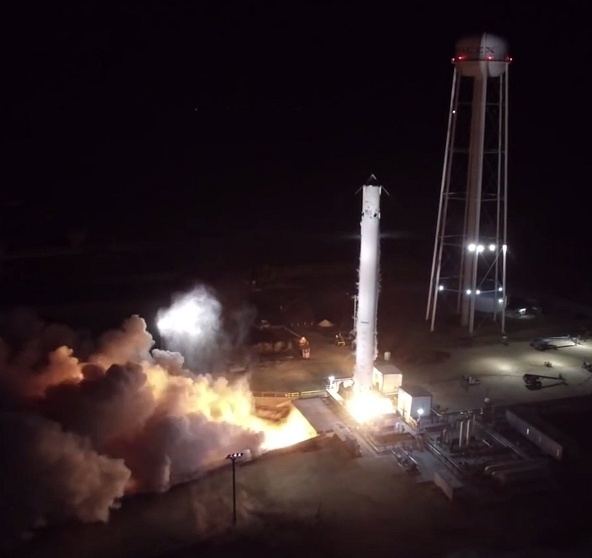
Falcon 9 Full Thrust is a substantial upgrade over the older Falcon 9 v1.1 rocket, which flew its last mission in January 2016. With uprated first- and second-stage engines, larger second-stage propellant tank, and propellant densification, the vehicle can carry substantial payloads to geostationary orbit and perform a propulsive landing for recovery.
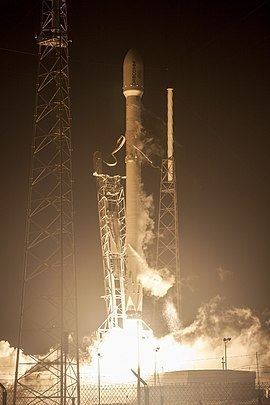
History
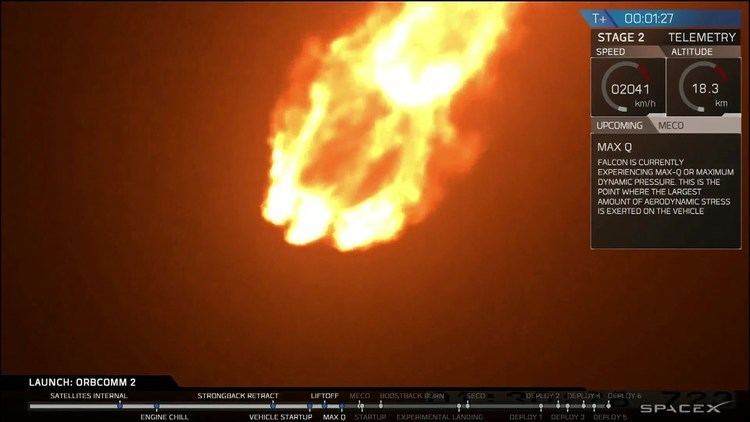
As early as March 2014, SpaceX pricing and payload specifications published for the expendable Falcon 9 v1.1 rocket actually included about 30 percent more performance than the published price list indicated. At that time, the additional performance was reserved for SpaceX to conduct reusability testing with the Falcon 9 v1.1 while still achieving the specified payloads for customers. Many engineering changes to support reusability and recovery of the first stage had been made on this earlier v1.1 version. SpaceX indicated they had room to increase the payload performance for the Falcon 9 Full Thrust, or decrease launch price, or both.
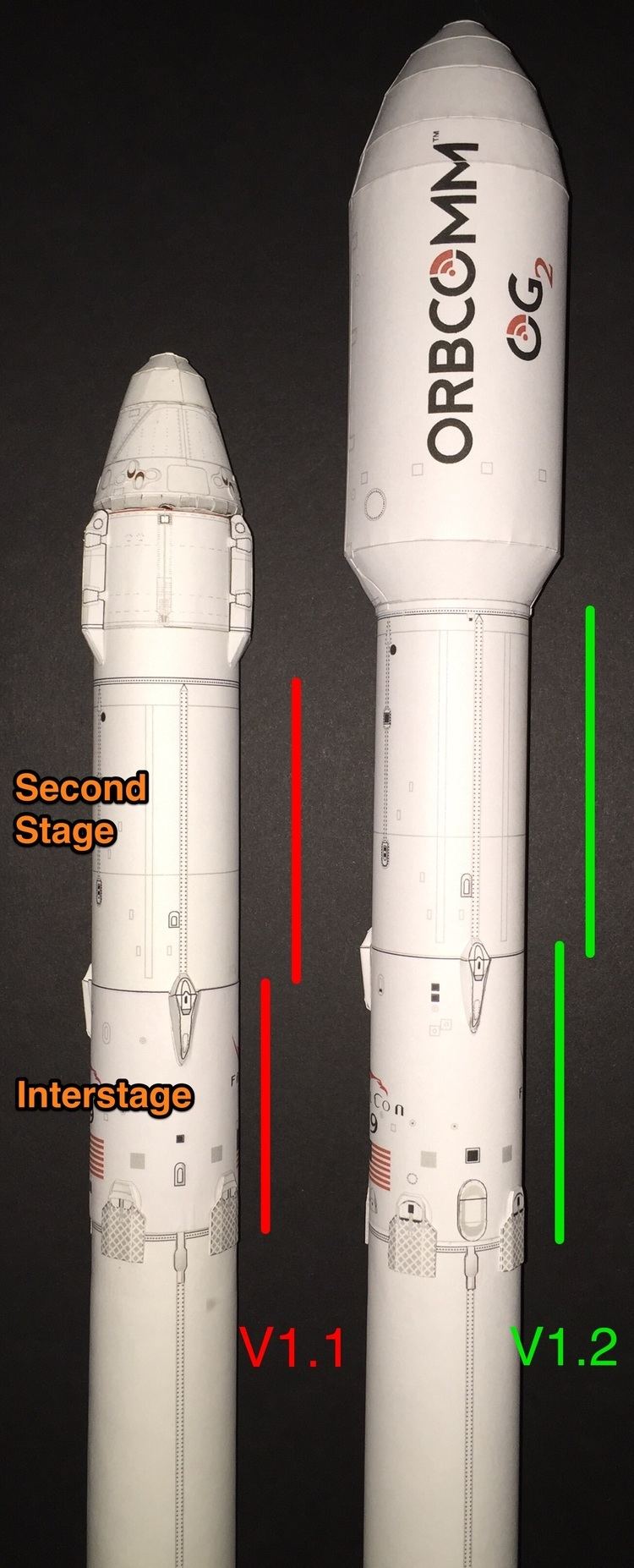
In 2015, SpaceX announced a number of modifications to the previous version Falcon 9 v1.1 launch vehicle. The new rocket was known internally for a while as Falcon 9 v1.1 Full Thrust, but was also known under a variety of names including Falcon 9 v1.2, Enhanced Falcon 9, Full-Performance Falcon 9, Upgraded Falcon 9, and Falcon 9 Upgrade. Since the first flight in late 2015, SpaceX has been referring to the "full thrust upgrade" Falcon 9 merely as Falcon 9. However, it is the third major version of the Falcon 9 launch vehicle following the Falcon 9 v1.0 (launched 2010–2013) and the Falcon 9 v1.1 (launched 2013–January 2016). The Falcon 9 Full Thrust was first launched on 22 December 2015, on the 20th Falcon 9 flight.
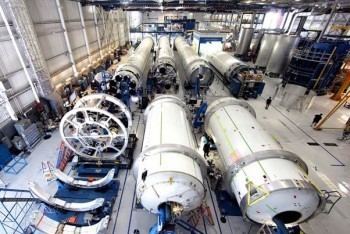
SpaceX President Gwynne Shotwell explained in March 2015 that the new design would result in streamlined production as well as improved performance:
So, we got the higher thrust engines, finished development on that, we're in [qualification testing]. What we're also doing is modifying the structure a little bit. I want to be building only two versions, or two cores in my factory, any more than that would not be great from a customer perspective. It's about a 30% increase in performance, maybe a little more. What it does is it allows us to land the first stage for GTO missions on the drone ship.
According to a SpaceX statement in May 2015, Falcon 9 Full Thrust would likely not require a recertification to launch for United States government contracts. Shotwell stated that "It is an iterative process [with the agencies]" and that "It will become quicker and quicker to certify new versions of the vehicle."
SES S.A., a satellite owner and operator, announced plans in February 2015 to launch its SES-9 satellite on the first flight of the Falcon 9 Full Thrust. In the event, SpaceX elected to launch SES-9 on the second flight of the Falcon 9 Full Thrust and to launch Orbcomm OG2's second constellation on the first flight. As Chris Bergin of NASASpaceFlight explained, SES-9 required a more complicated second-stage burn profile involving one restart of the second-stage engine, while the Orbcomm mission would "allow for the Second Stage to conduct additional testing ahead of the more taxing SES-9 mission."
The upgraded first stage began acceptance testing at SpaceX's McGregor facility in September 2015. The first of two static fire tests was completed on 21 September 2015 and included the subcooled propellant and the improved Merlin 1D engines. The rocket reached full throttle during the static fire and was scheduled for launch no earlier than 17 November 2015.
Falcon 9 Full Thrust completed its maiden flight on 22 December 2015, carrying an Orbcomm 11-satellite payload to orbit and landing the rocket's first stage intact at SpaceX's Landing Zone 1 at Cape Canaveral. The second mission, SES-9, occurred on 4 March 2016.
The US Air Force certified the upgraded version of the launch vehicle to be used on US military launches in January 2016, based on the one successful launch to date and the demonstrated "capability to design, produce, qualify, and deliver a new launch system and provide the mission assurance support required to deliver NSS (national security space) satellites to orbit".
In February 2017 media reported that an upcoming report by US government investigators will identify a pattern of cracking in the rocket’s turbine blades, which drive the turbopumps that rapidly funnel propellant into the engines that is potentially serious and may need modifications prior to manned flights. SpaceX maintains that it has designed its engines so that they can withstand cracking in the turbines, but it’s also working on ways to get rid of the problem.
Design
A principal objective of the new design was to facilitate booster reusability for a larger range of missions, including delivery of large commsats to geosynchronous orbit.
Like earlier versions of the Falcon 9, and like the Saturn series from the Apollo program, the presence of multiple first-stage engines can allow for mission completion even if one of the first-stage engines fails mid-flight.
The full-thrust first stage booster could reach low Earth orbit as a single-stage-to-orbit vehicle if it is not carrying the upper stage and a heavy satellite.
Falcon 9 FT can send 4020 kg (4 tonnes) to Mars.
Modifications from previous model
Modifications in the upgraded version, relative to the previous version (Falcon 9 v1.1) include:
The modified design gained an additional 1.5 meters of height, stretching to exactly 70 meters including payload fairing when fairings are used (the Dragon capsule version is somewhat shorter), while gaining an overall performance increase of 33 percent. The new first-stage engine has a much increased thrust-to-weight ratio.
Vehicle description
Falcon 9 Full Thrust specifications and characteristics are as follows:
The Full Thrust Falcon 9 uses an interstage that is longer and stronger than the Falcon 9 v1.1 interstage. It is a "composite structure consisting of an aluminum honeycomb core surrounded by a carbon fiber face sheet plies."
The Full Thrust Falcon 9 upgraded vehicle "includes first-stage recovery systems, to allow SpaceX to return the first stage to the launch site after completion of primary mission requirements. These systems include four deployable landing legs, which are locked against the first-stage tank during ascent. Excess propellant reserved for Falcon 9 first-stage recovery operations will be diverted for use on the primary mission objective, if required, ensuring sufficient performance margins for successful missions."
Launch sites
SpaceX first used Launch Complex 40 at Cape Canaveral Air Force Station and Space Launch Complex 4E at Vandenberg Air Force Base for Falcon 9 Full Thrust rockets, like its predecessor Falcon 9 v1.1. Following the 2016 accident at LC-40, launches from the East Coast were switched to the refurbished pad LC-39A at Kennedy Space Center, leased from NASA.
Architectural and engineering design work on the pad modifications had begun in 2013, the contract to lease the pad from NASA was signed in April 2014, with construction commencing later in 2014, including the building of a large Horizontal Integration Facility (HIF) in order to house both Falcon 9 and Falcon Heavy launch vehicles with associated hardware and payloads during processing. The first launch occurred on February 19, 2017 with the CRS-10 mission. Crew Access Arm and White Room work still need to be completed before crewed launches with the Dragon 2 capsule scheduled for 2018.
An additional private launch site, intended solely for commercial launches, is currently under construction at Boca Chica Village near Brownsville, Texas following a multi-state evaluation process in 2012–mid-2014 looking at Florida, Georgia, and Puerto Rico.
Landing sites
SpaceX has completed construction of a landing zone at Cape Canaveral Air Force Station, known as LZ-1. The zone, consisting of a pad 282 feet (86 m) in diameter, was first used on 16 December 2015 with a successful landing of Falcon 9 Full Thrust. The landing on LZ-1 was the first overall successful Falcon 9 and the third landing attempt on a hard surface. As of February 2017, three Falcon 9 flights have attempted to land at LZ-1; all have succeeded.
SpaceX also has begun construction of a landing site at the former launch complex SLC-4W at Vandenberg Air Force Base. As of 2014, the launch site was demolished for reconstruction as a landing site.
Drone ships
Starting in 2014, SpaceX commissioned the construction of autonomous spaceport drone ships (ASDS) from deck barges, outfitted with station-keeping engines and a large landing platform. The ships, which are stationed hundreds of kilometers downrange, allow for first stage recovery on high-velocity missions which cannot return to the launch site.
SpaceX has two operational drone ships, Just Read the Instructions in the Pacific Ocean for launches from Vandenberg and Of Course I Still Love You in the Atlantic for launches from Cape Canaveral. As of January 2017, ten Falcon 9 flights have attempted to land on a drone ship; five of them succeeded.
Launch history
As of 19 February 2017 the Falcon 9 Full Thrust version has flown ten missions, all successful. The first stage was recovered in eight of them. One Falcon 9 Full Thrust was destroyed during pre-launch tests and is not counted as one of the flown missions.
